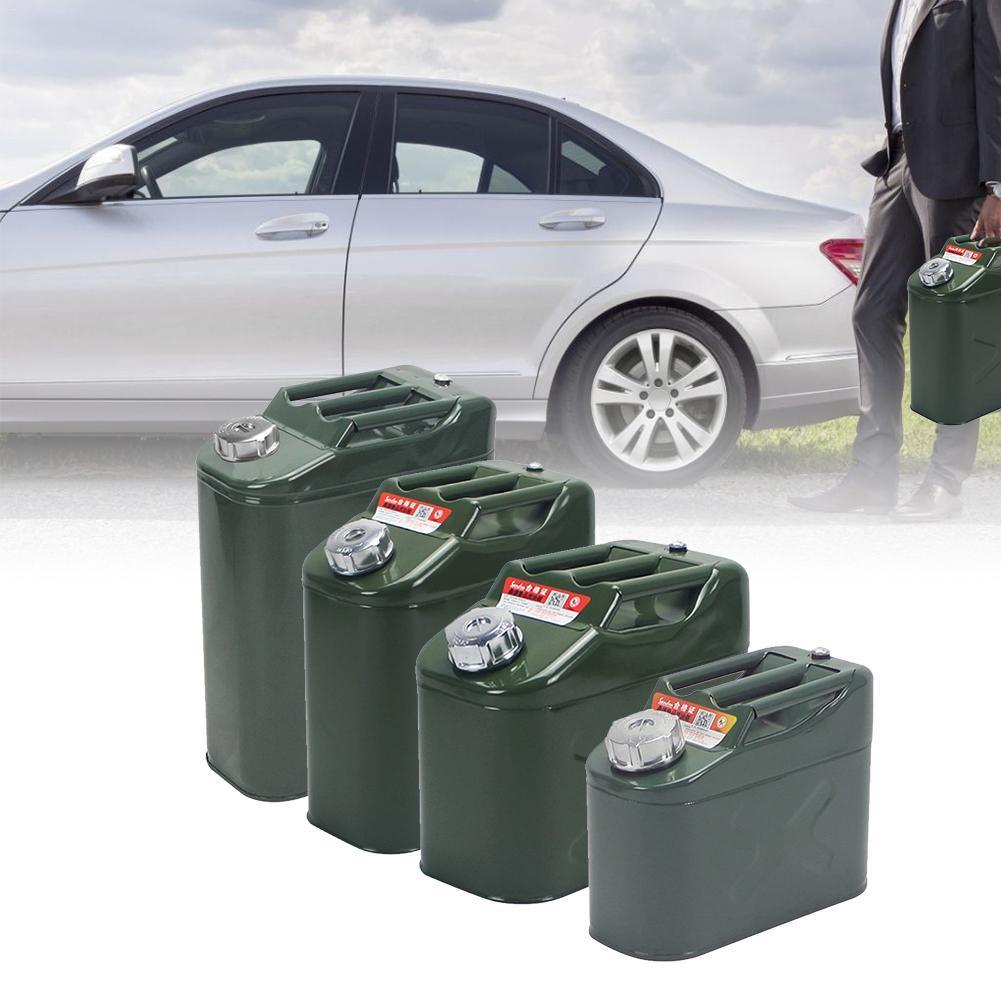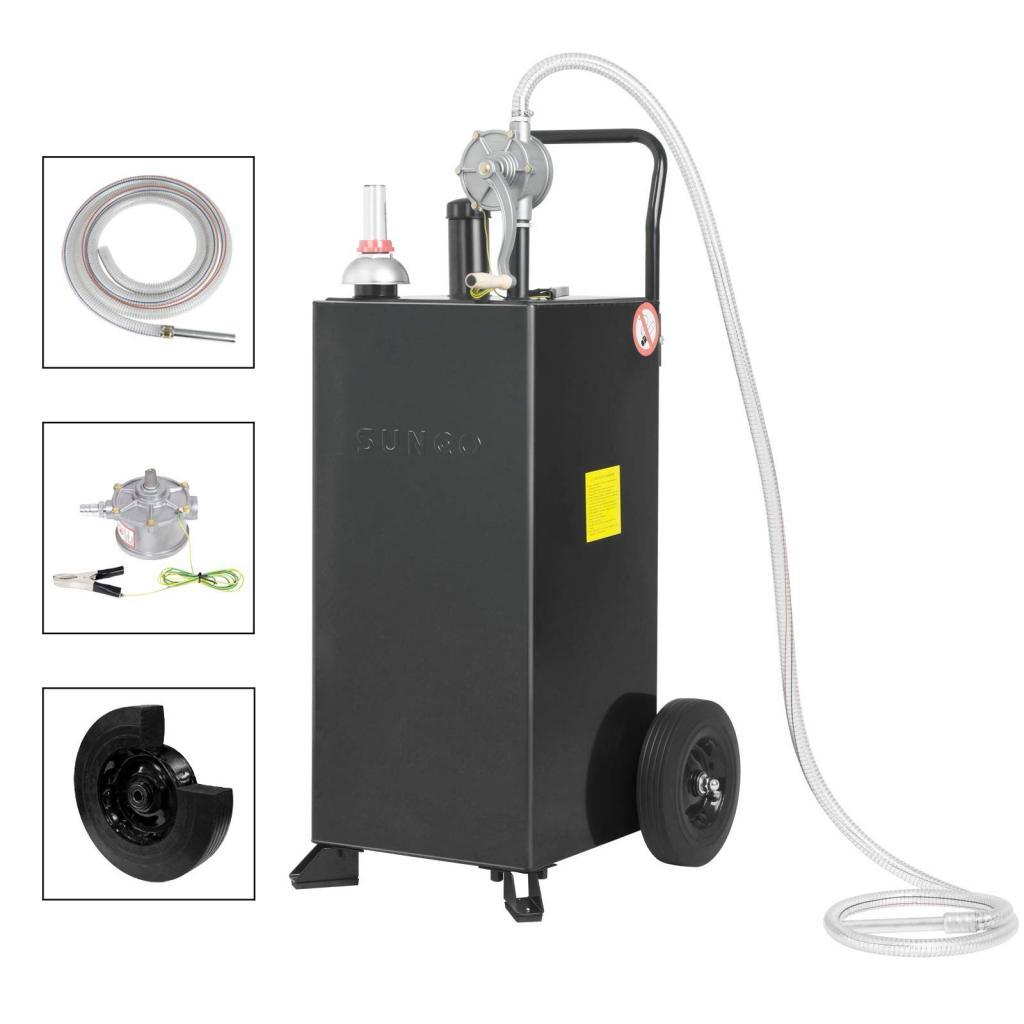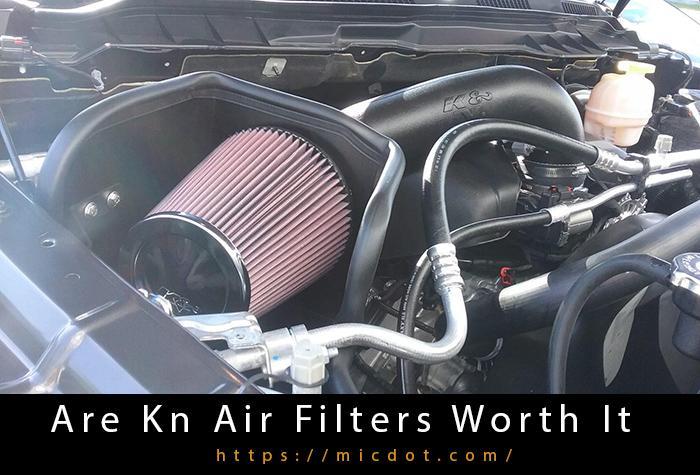When it comes to kerosene, you may see that it’s a lighter diesel blend. As a result, you may wonder if it has the potential to be a replacement for diesel. Maybe you’ve always wondered what would happen if someone were to fill your gas tank with anything like that. So, the question is:
What happens if you put kerosene in a gas tank? There may be poor combustion and performance if you put kerosene in the tank. Diesel may be found in small amounts in kerosene. In any case, it isn’t a suitable replacement for any form of fuel. Fueling your car with kerosene will almost certainly result in your engine not even starting.
Kerosene can, of course, be mixed into a whole tank of fuel without posing a problem. However, the combustion of such substances may result in the production of black smoke and poor performance from your engine. You should avoid using this in your engine. Kerosene has a long list of side effects, and we’ll go over them all here. If something happens, you’ll have a better understanding of the hazards and how to handle them.
What happens if you put kerosene into a gas tank?
If you fill your gas tank with kerosene, you run the danger of damaging your engine due to the corrosive nature of the fuel. The fact that kerosene is a light diesel blend doesn’t make it a good choice for engines. As a result, your engine’s performance may suffer, and your exhaust may get smoky.
You Are Watching: Kerosene in a Gas Tank: What REALLY Happens ? Updated 04/2024
Kerosene also makes it difficult to start your vehicle. Too much kerosene in the gas tank might damage the injector system of a gasoline-powered vehicle. Adding kerosene to a gas tank might have both short- and long-term consequences.
Short term effects
For the time being, it’s hard to say just how much longer-term effects you’ll see from adding kerosene to a gas tank. It’s unlikely that a few drops of kerosene in a gallon of regular gasoline can harm the engine in any significant way. However, decreased engine performance and a smokey exhaust are possible side effects. Even if the small amount of kerosene doesn’t harm anything, it’s still not a smart idea.
Long term effects
Let’s say you forgot to empty your kerosene tank before you drove away. If you do this, your fuel can become polluted, which can lead to a decrease in performance and eventually to engine wear.
Using kerosene in your car’s engine is a waste of time and money because it is not a compatible chemical.

Can kerosene in a gas tank damage an engine?
Engines can be damaged by kerosene in the gas tank. If you put too much into it, it might have disastrous consequences on your injector system. Contamination of the entire system occurs when kerosene is mixed into your fuel. As a result, your engine may stall and shut down.
Carbon deposits would form as the kerosene process continued. This kind of harm is frequently beyond repair. Because of this, your engine may begin to lose power, resulting in frequent misfires and warning lights on its dashboard. To prevent this from happening, it would be advisable to do so as soon as feasible.
Will a car run off kerosene?
The answer is no, kerosene cannot power a vehicle. Despite the fact that kerosene is a lighter diesel blend, it is still insufficient as a fuel substitute for vehicles.
The entire engine system can be contaminated by a simple kerosene-and-fuel mixture. As a result, your vehicle’s entire performance will be adversely affected, and this could lead to serious difficulties. Using kerosene as a spark in the ignition engines is a bad idea because it is a lighter blend of diesel. As a result, trying to start a car with a kerosene tank full is unlikely. For the most part, adding just one or two drops of kerosene to a full tank of gas won’t result in any engine problems. Poor combustion can lead to smokey exhaust.
How much kerosene in a gas tank will ruin it?
Even a trace amount of kerosene in your tank might contaminate a full tank of gasoline. Consider the case where you’ve used kerosene-contaminated fuel for two fills and are still running your engine. If such is the case, your engine will be rendered useless in a matter of minutes.
The entire engine system can be contaminated by a simple kerosene-and-fuel mixture. As a result, your vehicle’s entire performance will be adversely affected, and this could lead to serious difficulties. Using kerosene as a spark in the ignition engines is a bad idea because it is a lighter blend of diesel. As a result, trying to start a car with a kerosene tank full is unlikely. You might expect poor performance from your car after two fill-ups using kerosene-contaminated fuel.
Can you tell if someone put kerosene in your gas tank?
Read More : How Do You Replace A Valve Cap? Updated 04/2024
Kerosene in your gas tank can be detected, yes. The kerosene will mix with the gasoline if this happens. Poor combustion and smoky exhaust could arise as a result of using kerosene as the fuel source.
Poor combustion will result in a lot of smoke coming out of your car. As soon as you notice a lot of smoke coming from your exhaust, you should turn off your engine and inspect it. Kerosene can also cause engine blockage if it isn’t burned properly. Your engine could become clogged if kerosene remnants are left in it. Damage will eventually occur as a result of the stuttering of your vehicle’s engine. If you believe someone has put kerosene in your gas tank, you should immediately shut off the engine and have the tank inspected to minimize further damage.
How to get the kerosene out of a gas tank?

You must remove your gas tank immediately if you realize it contains kerosene. However, it may be a difficult undertaking. Start by turning off the engine and empting the fuel tank. The gas filter will need to be replaced at some point in the future.
Gas tanks with gas caps or top-trunk access are preferable. It’s fine to peek inside if that’s what you want to do. It’s hidden beneath the back seat in some cars. Assuming this is the case, the tank might be filled with kerosene and gasoline at once. In order to do so, you’ll need to remove and replenish all of the fuel.
Summary
So, what happens when you fill your gas tank with kerosene? There may be poor combustion and performance if you put kerosene in the tank. Diesel may be found in small amounts in kerosene. In any case, it isn’t a suitable replacement for any form of fuel. Fueling your car with kerosene will almost certainly result in your engine not even starting.
Kerosene can, of course, be mixed into a whole tank of fuel without posing a problem. However, the combustion of such substances may result in the production of black smoke and poor performance from your engine. You should avoid using this in your engine. Remember that kerosene is not a substitute for gasoline, and putting any in your tank will do nothing for your engine.
Sources: https://micdot.com
Category: Car










